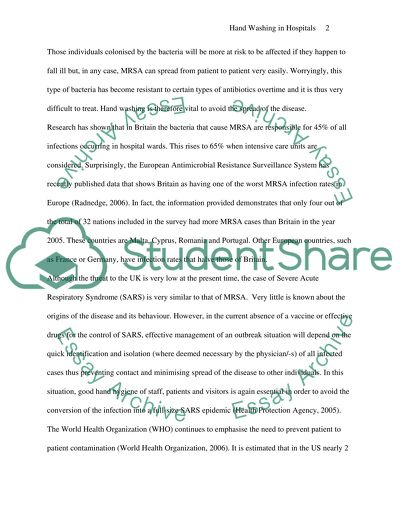Cite this document
(“Audit report: hand washing in a hospital ward setting Essay”, n.d.)
Retrieved from https://studentshare.org/health-sciences-medicine/1509010-audit-report-hand-washing-in-a-hospital-ward-setting
Retrieved from https://studentshare.org/health-sciences-medicine/1509010-audit-report-hand-washing-in-a-hospital-ward-setting
(Audit Report: Hand Washing in a Hospital Ward Setting Essay)
https://studentshare.org/health-sciences-medicine/1509010-audit-report-hand-washing-in-a-hospital-ward-setting.
https://studentshare.org/health-sciences-medicine/1509010-audit-report-hand-washing-in-a-hospital-ward-setting.
“Audit Report: Hand Washing in a Hospital Ward Setting Essay”, n.d. https://studentshare.org/health-sciences-medicine/1509010-audit-report-hand-washing-in-a-hospital-ward-setting.


